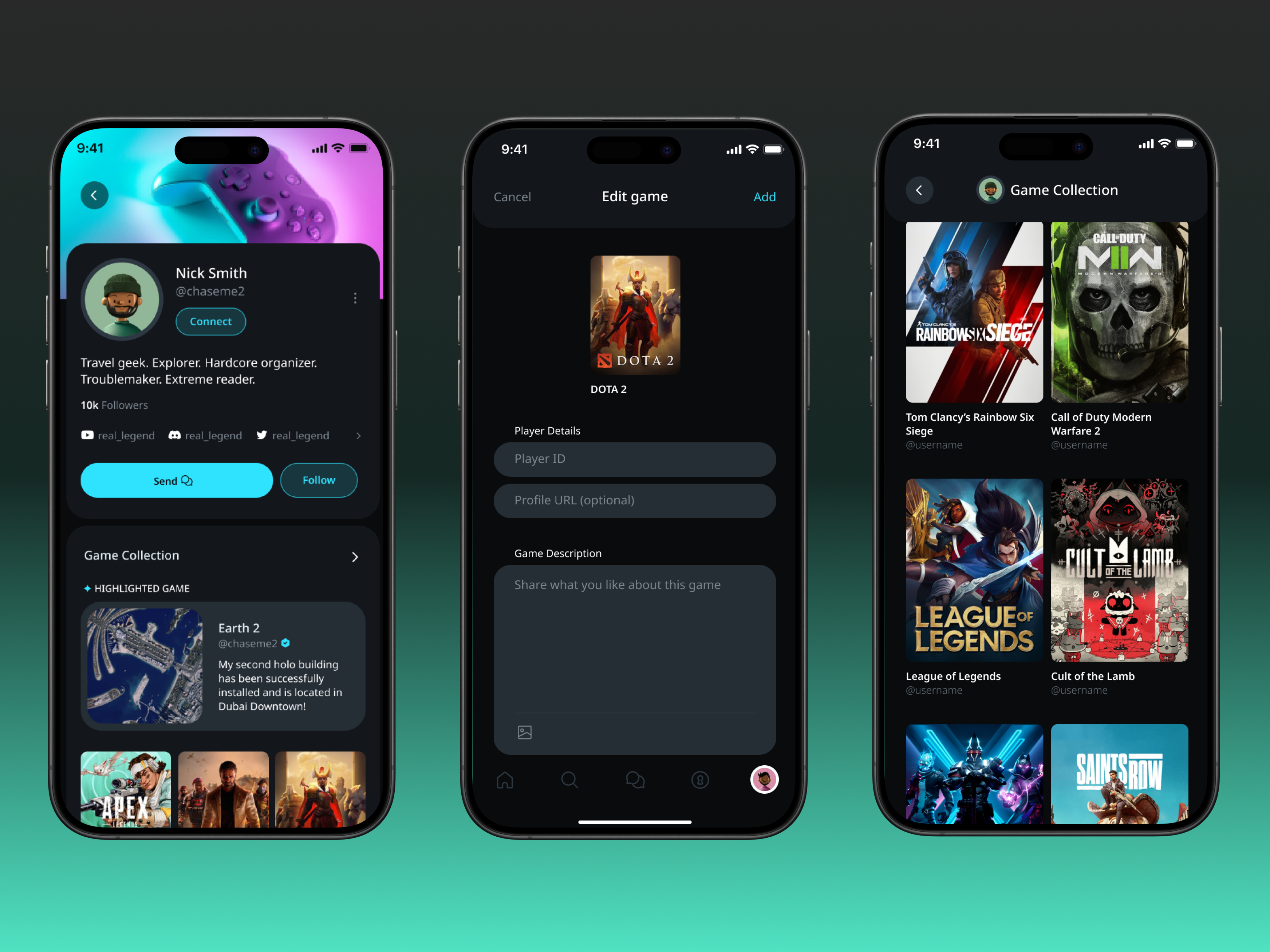Bringing Stories to Life: AI-Powered Claymation for Interactive Learning
A New Way to Tell Stories
Storytelling has always been a way to spark curiosity and inspire young minds.
As a writer with a passion for immersive storytelling, I wanted to create a book series that not only entertained but also introduced children to new ideas in a fun and interactive way.
Inspired by the charm of claymation and the possibilities of generative AI,
I set out to bring handcrafted storytelling to life in a fresh and engaging format.
However, AI use in creative projects came with ethical considerations. To ensure an ethical approach, I first deep-dived into AI ethics, leveraging on my past studies in ethical studies to update my understanding of the current landscape on responsible AI use.
As a writer with a passion for immersive storytelling, I wanted to create a book series that not only entertained but also introduced children to new ideas in a fun and interactive way.
Inspired by the charm of claymation and the possibilities of generative AI,
I set out to bring handcrafted storytelling to life in a fresh and engaging format.
However, AI use in creative projects came with ethical considerations. To ensure an ethical approach, I first deep-dived into AI ethics, leveraging on my past studies in ethical studies to update my understanding of the current landscape on responsible AI use.
Blending AI with Claymation
Traditional claymation has a unique warmth and tactile appeal, but it is also time-consuming and resource-intensive to create.
As such, I saw an opportunity to blend this nostalgic art style with the flexibility of AI-powered image generation. By leveraging generative AI tools, I could replicate the look and feel of real clay models while maintaining creative control over each scene.
Through fine-tuning my prompt engineering, I was able to craft visually rich, handcrafted-style illustrations that felt organic and alive—without the limitations of stop-motion animation
As such, I saw an opportunity to blend this nostalgic art style with the flexibility of AI-powered image generation. By leveraging generative AI tools, I could replicate the look and feel of real clay models while maintaining creative control over each scene.
Through fine-tuning my prompt engineering, I was able to craft visually rich, handcrafted-style illustrations that felt organic and alive—without the limitations of stop-motion animation
From Story to Interactive Experience
Each book begins with a simple idea: introducing children to a new set of items in a playful and engaging read-along manner. I started by crafting the narrative, ensuring the themes were relevant to children and fostered discovery. Then, I work on translating these ideas into visually engaging worlds, applying AI to generate claymation-style textures to give each character and setting a handcrafted look.
To make the experience even more immersive, I included ways to add interactive elements—primarily through playful prompts within the books and a little draw-along section.
This balance of storytelling, AI-assisted visuals, and interactive learning helped to create, what I believe to be, a truly unique experience that feels both fresh and familiar.
This balance of storytelling, AI-assisted visuals, and interactive learning helped to create, what I believe to be, a truly unique experience that feels both fresh and familiar.
The My Little Explorer Series can be found on Amazon
My First Zoo - ISBN 979-8312520309
My First Aquarium - ISBN 979-8312601350
My First Vehicle - ISBN 979-8312240245
My First Job - ISBN 979-8313043470
My First Dinosaur - ISBN 979-8313970103
My First Zoo - ISBN 979-8312520309
My First Aquarium - ISBN 979-8312601350
My First Vehicle - ISBN 979-8312240245
My First Job - ISBN 979-8313043470
My First Dinosaur - ISBN 979-8313970103







